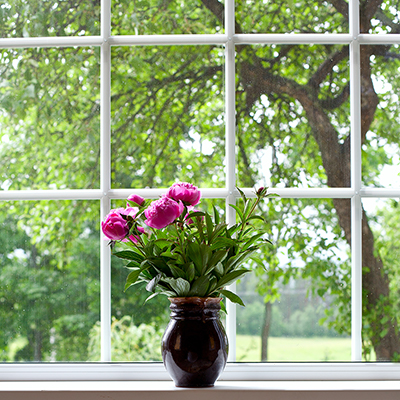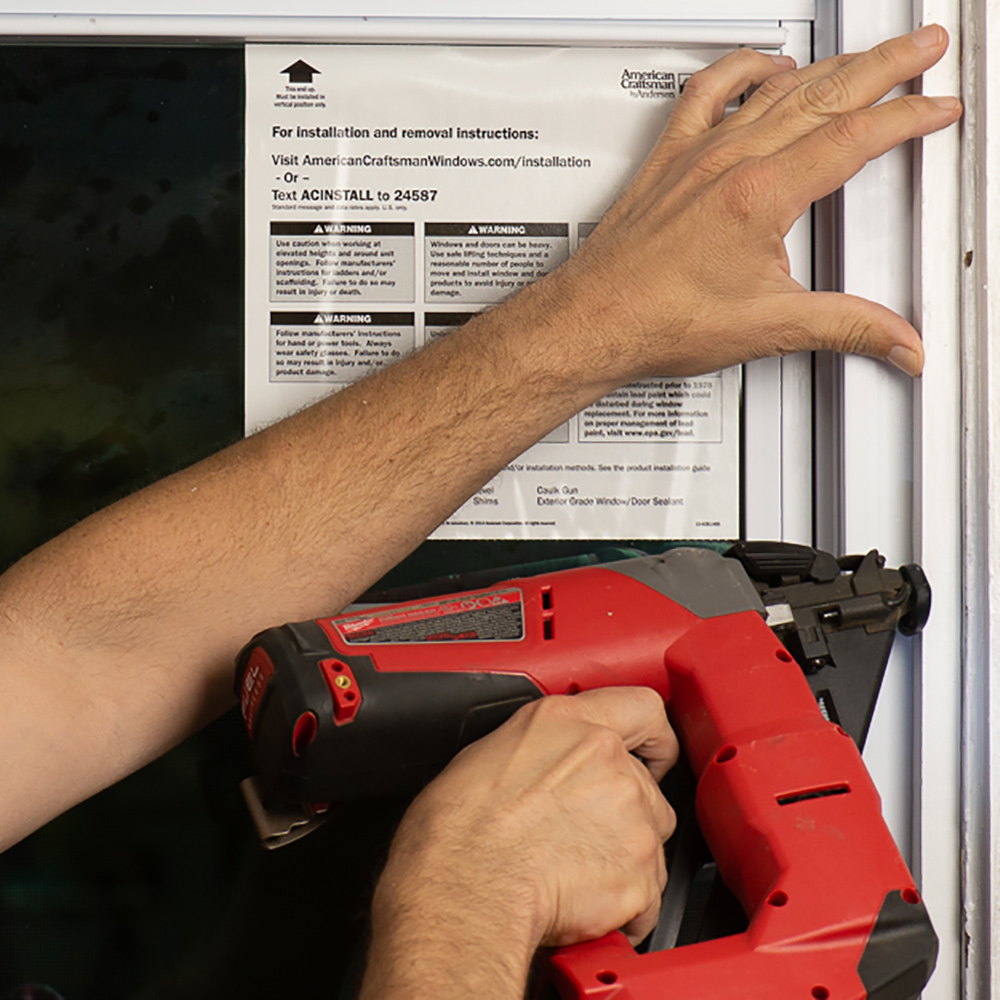Types of Skylights for Your Home

Last updated October 6, 2023
Wherever you choose to install them, skylights can improve energy efficiency. They brighten low-light areas and provide a much-needed dimension to a wide variety of rooms. In addition to providing extra light that can cut down on lighting costs, the amount of heat a skylight allows in can have a sizable impact on your energy bill.
This guide will walk you through the different types and purposes of skylights so you can be sure you have the best skylights and skylight accessories for your home.
Table of Contents
Materials, Light Shafts & Types of Skylights
Skylight Energy Efficiency
Installation Tips & Features
Skylight Considerations & Tips
Materials, Light Shafts & Types of Skylights
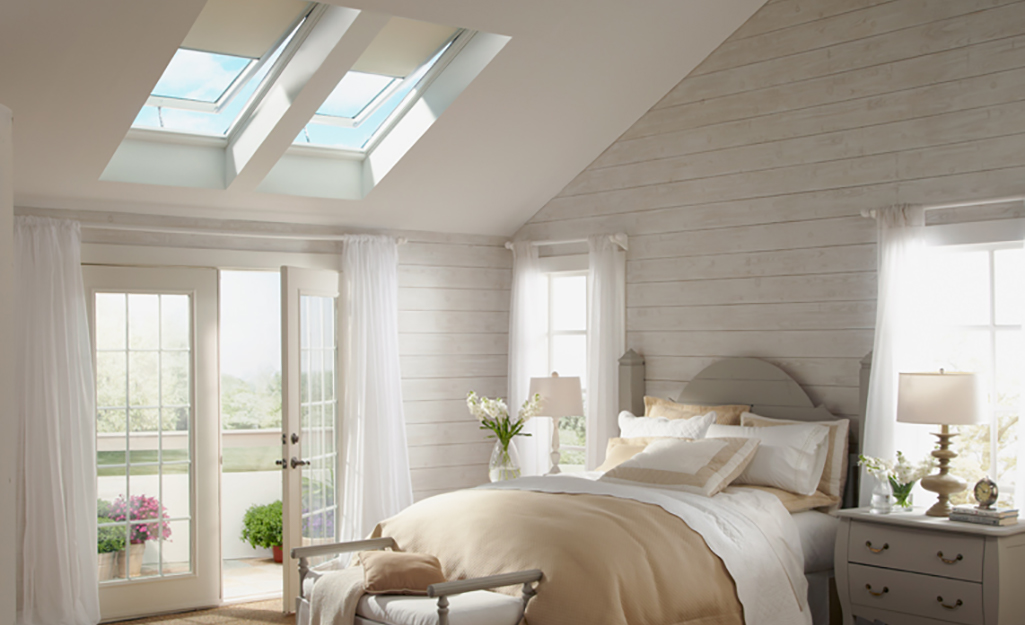
So, what are skylights? There are three main types of skylights, ventilating (sometimes called "roof windows"), fixed and tubular. They come in a range of different shapes, including flat, arched, domed and pyramid.
Popular Materials: Skylight panes, or glazing, is generally made from plastic or glass. Units with insulation tend to hold up longer than single-layer skylights.
- Plastic glazing, often in the form of acrylics, is more economical and very sturdy. Unless it has a special coating, it can yellow over time and tends to allow more UV rays into the space.
- Glass glazing requires a slightly larger initial investment but provides long-lasting durability.
- Solar-heat control glazing adds energy efficiency.
Types of Light Shafts: Different light shafts provide different looks.
Types of Light Shafts: Different light shafts provide different looks.
- Flared light shafts are longer than the skylight at the base of the opening to take greater advantage of the sun's path across the sky.
- Straight light shafts are ideal for rooms with flat ceilings, little ceiling space or if the roof has installation obstacles, such as a chimney.
- Shaft-less skylights can be installed into cathedral or high-sloped ceilings to add visual space and create different architectural dynamics.
Skylight Energy Efficiency
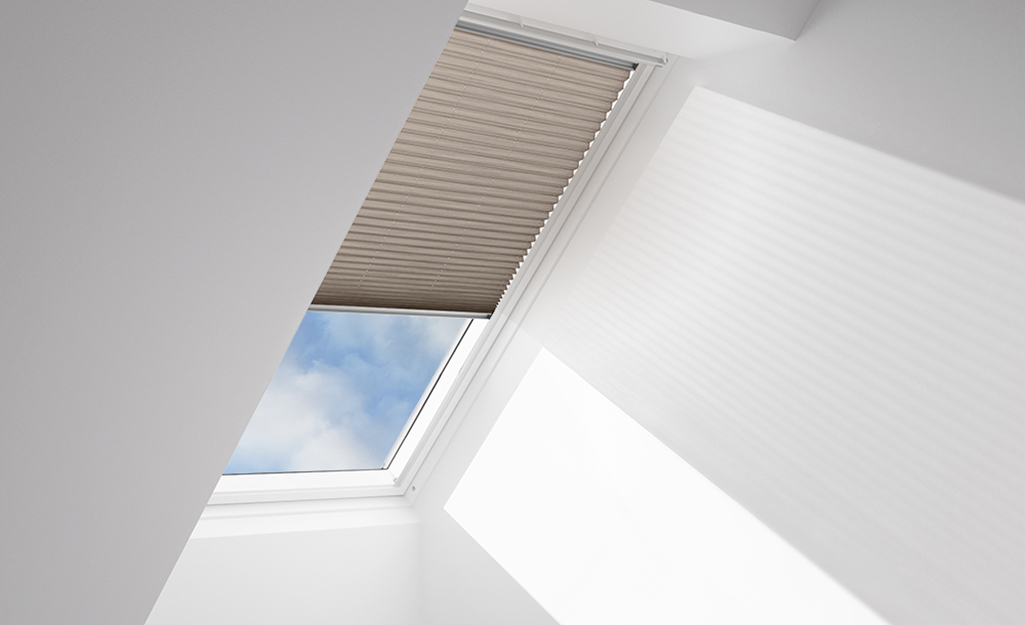
Skylights that face north usually provide steady illumination without absorbing or releasing much heat. Those that face south will provide extra heat in the winter, but may retain extra heat in the summer. East-facing skylights provide the most light and heat in the mornings while west-facing installations do the same in the afternoon.
- ENERGY STAR qualified skylights are available with ratings based on climate. These units maximize efficiency to lower energy costs.
- Heat-absorbing tints, UV protection and low-emissivity coatings increase energy efficiency and reduce fading in carpeting and furniture.
- Some skylights have motorized blinds available to allow a room darkening effect as well as heat protection during times of brightest sunlight.
Installation Tips & Features
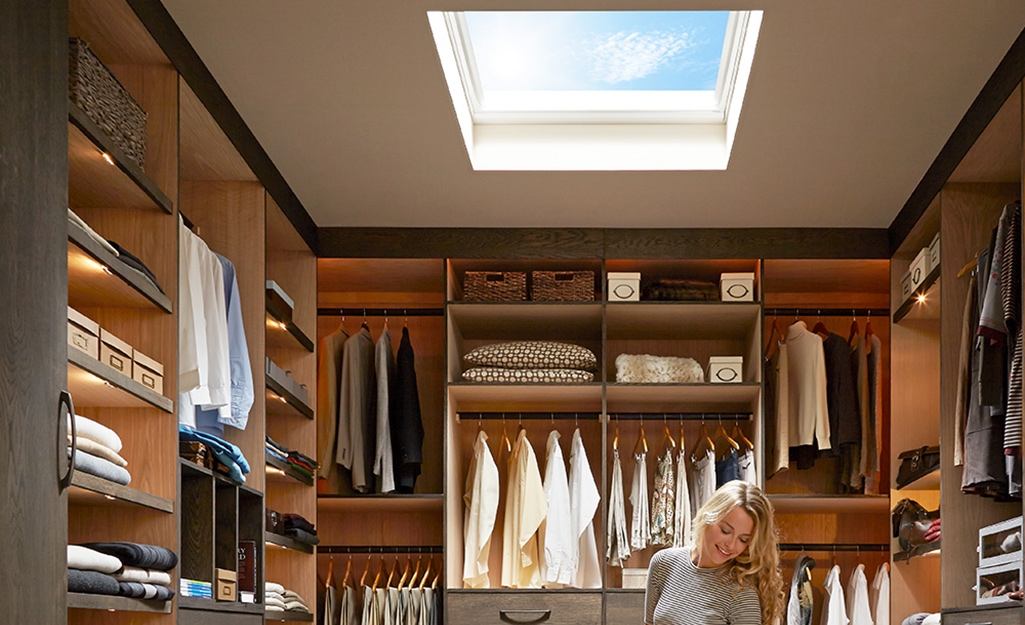
When deciding the size of your skylight, estimate 1 square foot of skylight for every 20 feet of floor space. If the room has numerous windows, the skylight should not be more than 5 percent of the floor area and not more than 15 percent in rooms with few windows.
Tip: Sometimes skylights will gather condensation, diluting the fixture's effectiveness. Since proper installation will reduce the likelihood of condensation, closely follow installation instructions and consider consulting a professional. Skylights with interior channels collect condensation, thereby preventing drips and allowing condensation to evaporate as temperatures rise.
Skylight Considerations & Tips

- Match skylights to room size for greater light and energy efficiency.
- Tightly sealed joints in the skylight access reduce the presence of moisture.
- Consistent air circulation decreases the likelihood of condensation buildup.
- Skylights may be curb-mount or deck-mount, depending on slope and roofing materials.
- Flashing may be required for some skylights or roof windows.
- Ceiling or exhaust fans built into the wall will reduce condensation.
- Motorized venting skylights eliminate the hassle of having to manually crank open hard-to-reach skylights and operate at the touch of a button.
- Vented skylights with moisture sensors close automatically when it starts to rain, ensuring that the room below stays dry even if you are not home to close the skylight.
- If you live in an area susceptible to hurricanes or heavy snow fall, ask an associate at your local Home Depot for skylight units with specially-constructed glass.
Ready to find the supplies you need in your local store?
Use The Home Depot Mobile App to locate products and check inventory. We'll take you to the exact aisle and bay. If you'd rather not DIY this project, you can take advantage of our professional window installation services. For free design, purchase and installation help with windows and doors, call us any time between 9 a.m. - 9 p.m. EST at 1-833-HDAPRON (432-7766).





